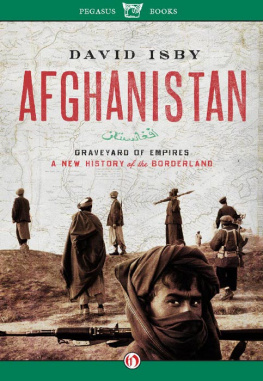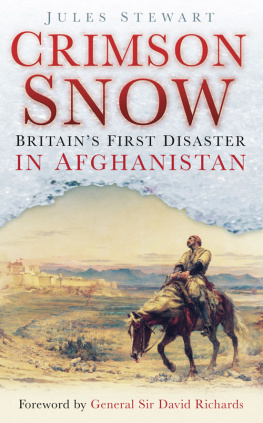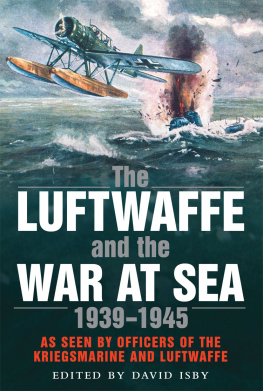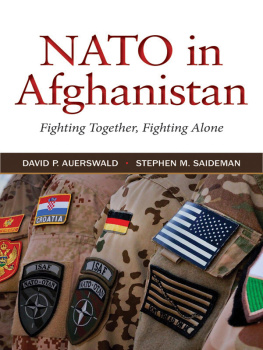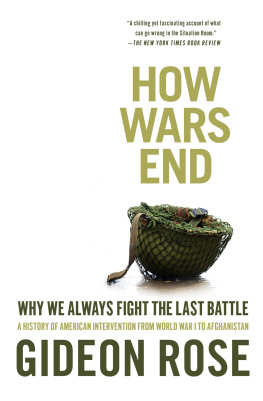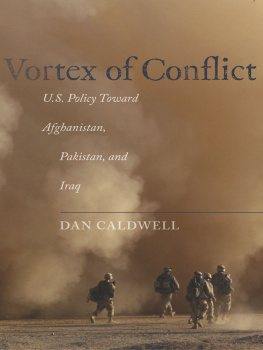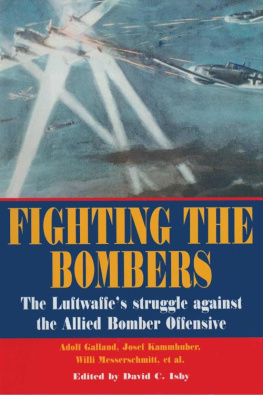
AFGHANISTAN
AFGHANISTAN
GRAVEYARD OF EMPIRES:
A NEW HISTORY of the BORDERLANDS
DAVID ISBY

PEGASUS BOOKS
NEW YORK
To the memory of Mohammed Malik Mehrodin,
who, in Kabul on 3 November 2008, while unarmed,
prevented the kidnapping by terrorists of a foreign aid worker.
Afghanistan has been known over the years as the graveyard of empires. We cannot take that history lightly.
GEN David H. Petraeus, USA, 2009

GLOSSARY
AB: Airbase.
Al Qaeda: Literally the base, transnational Islamic terrorist organization associated with Osama bin Laden.
Alim: (plural, ulema) Islamic clergy.
ANA: Afghan National Army.
AMF: Afghan Military Force (now disbanded).
Amir: Leader.
ANP: Afghan National Police.
ANP: Awami National Party, Pakistan; primarily Pushtun members, dates to pre-partition nationalism. Winner of 2008 election in NWFP.
ANSF: Afghan National Security Forces (including ANA and ANP).
AP: Associated Press.
Barevli: School of Islamic practice originating in the subcontinent. Influenced by Sufic and traditional practices.
Baluchi: Ethnolinguistic group, native to Pakistani, Afghanistan, and Iran. Sunni Muslim, in Pakistani their tribal system remains strong under the leadership of hereditary sardars.
BG: Brigadier General.
Bonn conference/process: Transition to constitutional rule in Afghanistan, 200105. Process started with a conference at the Petersburgerhof resort near Bonn, Germany, in 2001 and included the Emergency Loya Jirga, Constitutional Loya Jirga, the 2004 presidential and 2005 parliamentary elections.
CF: Canadian Forces.
CN: Counter narcotics.
COL/Col.: Colonel (US Army/other).
Constitutional Loya Jirga: Meeting of 502 delegates that drafted the current Afghan constitution, meeting in Kabul December 2003 to January 2004. The draft constitution was not voted on but was adopted by consensus.
Darbar: Ritualized assembly by a leadership figure to receive pledges of loyalty and provide benefits to clients.
Deobandi: School of Islam established in India following 1857 and the rise of British rule. Deobandi practices aimed to return to Islamic roots and away from influences from the subcontinent and Sufic practices. Influenced by but distinct from Wahabism.
Durand Line: Current border between Afghanistan and Pakistan, which largely follows the line established by an 1893 treaty, surveyed under orders of Sir Mortimer Durand. No Afghan government has ever accepted the permanence of the Durand line, while all British and Pakistani ones have.
Durrani: The main Pushtun tribal grouping of southern Afghanistan. Except for 1930 and 19782001, all Afghan heads of state have been Durrani.
Falah-e-Insaniat: Successor group to Lashkar-e-Taiba, Pakistani group, name changed following 2008 Mumbai terrorist attack.
FATA: Federally Administered Tribal Areas. Seven agencies administrated by the Pakistani federal government. All separate the Durand Line from NWFP. From south to north, consists of: South Waziristan, North Waziristan, Kurram, Orakzai, Khyber, Mohmand, and Bajaur.
Fatwa: Muslim religious edict, issued by an alim, having the force of law.
FCR: Frontier Crimes Regulations, British colonial (1901) origins that apply in the FATA rather than the laws of Pakistan.
Frontier Corps: Pakistani paramilitary formations, established by the British, of Pushtuns recruited to serve in the FATA and nearby areas. Under the Ministry of the Interior. Commanded by seconded army officers. Pushtuns do not serve in their home areas. The main uniformed force in the FATA.
Frontier Constabulary: Pakistani national police formation.
FR: Frontier region. One of six regions in the NWFP with special (FATA-like) legal status.
GEN: General (US Army).
Ghilzay: A major Pushtun tribal grouping of south-central and eastern Afghanistan. Sometimes seen as rivals to the Durrani for power.
GIRoA: Government of Islamic Republic of Afghanistan (post-2001).
Golden Age: Normally used, with or without irony (depending on politics), to describe the later years of the reign of the former King Zahir, 194973, notable for experiments with democracy, increased centralization of power, and ultimately setting the stage for the conflicts of 19782001.
Harakat-ul-Mujahideen: Party formed for cross-border insurgency from Pakistan into Kashmir. Recruited from Afghan and Pakistani Pushtuns.
Haram: Unclean for Muslims.
Hawala: Afghan money transfer system with international links; hundi is Pakistani equivalent.
Hazara Jat: Land of the Hazaras, region in central Afghanistan cutting across several provinces.
Hoqooq: Local traditional dispute resolution body, especially dealing with land and water disputes.
HiH: Hezb-e-Islami party of Gulbuddin Hekmatyar, one of the Peshawar seven 197802, waged civil war against ISA 199296, joined insurgents post-2001.
HuT: Hezb-ut-Tahrir. Transnational Muslim group advocating a worldwide Khalifait, explicitly eschewing violence.
IEA: Islamic Emirate of Afghanistan (Taliban regime 19962001).
IRA: Islamic Republic of Afghanistan (post-2001).
ISI: Inter Service Intelligence directorate (Pakistan). Primarily the militarys directed telescope inside Pakistan, it has, as a secondary mission, planned and executed Pakistans Afghanistan policies since the 1970s, often to the exclusion of other governmental institutions.
JIA: Jamiat-e-Islami-Afghanistan. Islamist political party with roots in Kabul pre-1978. Leader Dr. Burnhaddin Rabbani. Members included Ahmad Shah Massoud and Ismail Khan. Largely Dari-speaking. One of the Peshawar Seven parties 197892. Participated in ISA government 19921996.
JI: Jamaat-e-Islami. Oldest Pakistani religious party. Supporter of Afghan Taliban, HiH and Hezb-ul-Mujahideen, Jamaat-e-Islami Kashmir, and terrorist organizations. Opposed to JIA, sees US as leading an anti-Pakistan alliance.
Jihad: Holy war. In Islam, can be internal (in the soul of the believer) or external (against an outside force).
Jirga: Afghan meeting for collective decision-making or dispute resolution, similar to shura but less likely to be a standing body.
JeM: Jaish-e-Muhammad. Formed to take part in cross-border insurgency in Kashmir, recruited mainly in Punjab. Successor to Harakat-ul-Mujahideen.
JUI: Jamiat-ul-Ulema-e-Islam. Pakistan religious party, ally of HiH pre-1996 (part of MMA). Runs the largest network of Deobandi-influenced madrassas in Pakistan.
khan: Term of respect, especially for a patron but also for anyone in secular authority.
LeT: Lashkar-e-Taiba, formed to take part in Kashmir insurgency, involved in 2008 Mumbai terrorist attack, declared a terrorist organization by UN.
Lok Sabha: Lower house of the Indian parliament, subjected to a high-profile terrorist attack in 2001 by Lashkar-e-Taiba.
LTG: Lieutenant General.
Madrassa: Muslim religious school. Maderi is plural, although madrassas is colloquial English usage. May be free-standing or associated with a mosque (deeni maderi).
Majlis-e-shura: Requirement for an Islamic government to have consultation, a body set up to provide such consultation.
Malik: Pushtun tribal figure that provides interface with the government. In Pushtun, appointed by the government, became a hereditary position in some tribes.
Next page
